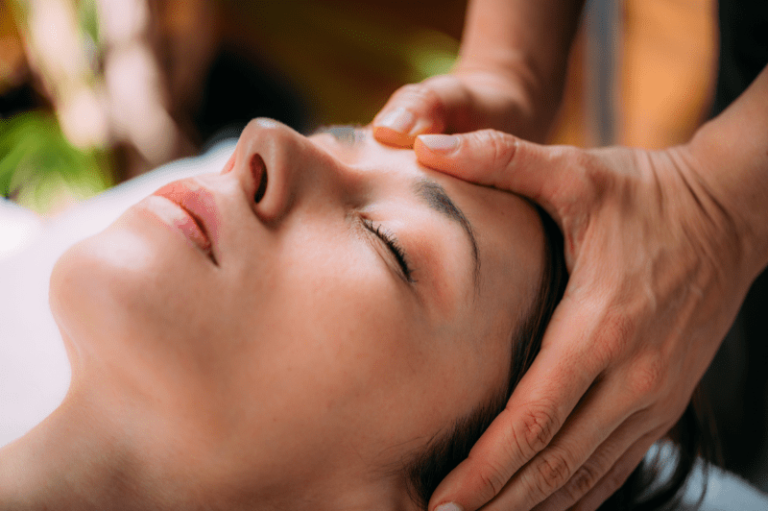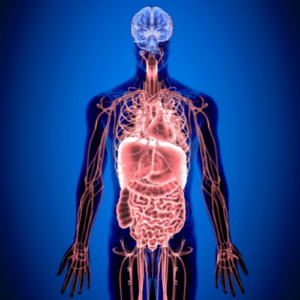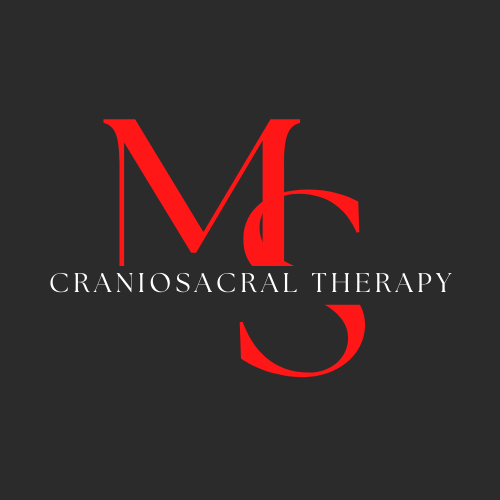
Michael's Personal Approach
CranioSacral Therapy is a manual therapy.
Each practitioner approaches their practice based on their Upledger Institute International training and personal life experience. This section discusses Michael’s approach.
FYI – you DO NOT need to understand any of the following information for a CranioSacral Therapy session to work. Michael believes in education and he likes to share how this therapy works. This is nothing more than mental information and CranioSacral Therapy works on the physical, emotional, mental, and spiritual levels of ourselves.
CranioSacral Therapy is a Manual Therapy
I use my palpation skills to feel the various textures (fascial planes) within the body. When an area of the body feels “off” then I hold my hand position until I feel some type of change. This holding and waiting is a nonverbal way of communicating – it happens between my body and my clients. As I notice areas of tension, my client’s body acknowledges that tension and then gets to decide what it want’s to do.
The Blending of Western and Eastern Wellness Approaches
Even though CranioSacral Therapy was developed from the studies of Western medicine and research, its approach has an Eastern medical flare. We don’t manipulate the body to get a response. We need to have the patience to feel areas and layers of tension within the body and to wait for the body to realign itself.
Western medicine diagnoses and then treats what it finds. CranioSacral Therapy recognizes that the body has a better understanding of how it works than every single medical professional on the planet combined.
How is that possible? Our bodies are the living embodiment of homeostasis. The body’s purpose is to keep you alive. If you are reading this then validate your body, you are still alive and it’s because your body is doing its job to the best of its ability.
We are very complex
 Let’s unpack your body’s homeostatic ability a little bit more. Your body is always trying to find balance to keep you alive. If you were born with an imbalance, or you got injured in the womb, upon birth, or at any stage in your life, your body is balancing itself out to keep you functioning until you can remove the injury. If for whatever reason, you are not able to remove all of the injuries, your body will create a compensation pattern to keep you alive. That compensation pattern is now causing your body to work a little bit harder to keep you functional. In fact, you may not even notice the extra effort your body is exerting because it’s doing a great job.
Let’s unpack your body’s homeostatic ability a little bit more. Your body is always trying to find balance to keep you alive. If you were born with an imbalance, or you got injured in the womb, upon birth, or at any stage in your life, your body is balancing itself out to keep you functioning until you can remove the injury. If for whatever reason, you are not able to remove all of the injuries, your body will create a compensation pattern to keep you alive. That compensation pattern is now causing your body to work a little bit harder to keep you functional. In fact, you may not even notice the extra effort your body is exerting because it’s doing a great job.
With life comes life experience and additional injuries and yet your body still keeps doing its job. Eventually, your body can’t maintain its compensation workload volume, and all of a sudden you, on a conscious level, begin to notice an imbalance in your body which could or does lead to an illness or disease. What’s happening is that your body is trying to tell you that you need to help it – to support its homeostatic ability. Your current lifestyle isn’t working.
To validate your body’s vast homeostatic ability, it’s not only trying to help you balance your physical body, but it is also helping you balance your emotional, mental, and spiritual bodies and their integration into your physical body. (I’m not going to reference the spiritual body because it’s too complex and it’s based on individual belief systems.)
Let’s look at an example of how this works. Let’s say, you are anticipating a confrontation with a person, or you had one and you keep thinking about it. That “thinking about it” is your access to the mental part of you. And let’s say, as you keep thinking about this confrontation, you start to get angry or upset. This emotional experience is an example of you accessing your emotional body. And to add a third layer to our example, let’s say you can’t stop thinking and feeling about your confrontation, your body will start to physically manifest, using your sympathetic nervous system to engage in this confrontation – it activates your fight/flight/freeze ability. Normally your fight/flight/freeze ability turns on to get you out of a fearful and potentially harmful situation. It’s not designed to stay active all the time. If, however, you have not released confrontation/trauma, your body will keep you alert to any potential danger, and your ability to relax and rest diminishes. Over time this can wear you down physically, emotionally, and mentally which can lead to issues.
CranioSacral therapy, due to its light touch, allows the body to calm down and begin to decrease the sympathetic nervous system overload and allows you to begin to access the parasympathetic nervous system, the rest and digest ability.
It's all about trust
To access the parasympathetic nervous system, the client has to relax. This isn’t something you can force which is why I talk about trust with new clients. When we first meet, we have enough “mental trust” for the meeting to take place; however, “physical and emotional trust” isn’t there yet. It shouldn’t be, that is normal because we don’t know each other. It takes time for trust to build and the deeper the trauma the more time it might take to release these areas of tension. The beginning step is your first session.
How Does it work?
You are fully clothed the entire session so you will want to wear comfortable clothes. It’s recommended that you don’t wear clothing with a lot of hard surfaces like lots of buttons, zippers, or very thick material since I will need to feel the various layers of the fascia under your clothes.
You will be lying face upwards the entire time. If that is a challenge for you, please let me know.
As it was mentioned earlier, CranioSacral Therapy is all about trust so I begin every session by building rapport by lightly touching (5 grams of pressure or less) the client’s body beginning at the feet, thighs, top of the hips, lower ribcage, shoulders, then the head. I use this beginning sequence to allow our bodies to calm down from the day, reducing the stimuli in the sympathetic nervous system and begin to relax into the parasympathetic nervous system. During this time, I am also feeling for fascial tensions in your body.
After this first pass, I will place my hands where I feel the most tension and allow your body to unwind where it is needed.
As you are lying and beginning to relax on the table, you are welcome to go to sleep. I always encourage people to notice what they notice. Can you feel your body and the various tension patterns within? How are you feeling? Relaxed, tensed, unsure…? What are you thinking about or can you turn off your thoughts and feelings and just be in the present moment?
Our society validates and encourages us to think and to be mentally engaged. There are many people who have a challenging time feeling their body and emotions. If you are trying to figure out what is happening (thinking) during the session, you won’t get many answers. CranioSacral therapy works on a physical and emotional level. I tell everyone if you are thinking, “what is Michael doing?” change your question to, “Can I feel Michael’s hands?” After you begin to feel my hands, I invite you to feel deeper into your body. What organs are between Michael’s hands? What other parts of your body can you feel? These types of questions are conditioning you to develop a new level of awareness within your body. This level of awareness will allow you to gain more confidence in developing a stronger health and wellness perspective.
Stop thinking about it
As I mentioned at the beginning, you don’t need to understand anything I just wrote. Come in and have a physical experience. You won’t understand CranioSacral’s benefits without trying it. Click on the button above and schedule your first appointment.
